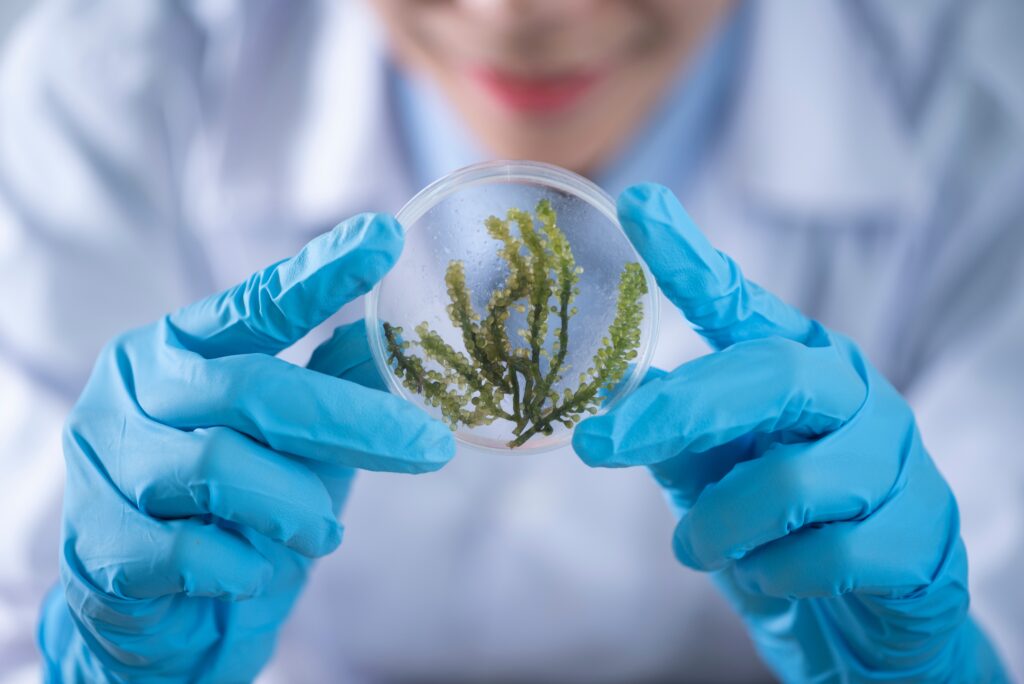It’s general knowledge that drinking water is vital for good health. Yet why?
This substance makes up the majority of your body weight and is essential for a number of processes, such as:removing waste from your body, controlling bodily temperature, and promoting brain function… The majority of the water you consume each day comes from beverages, but a tiny amount also comes from food.
It promotes salivation
Saliva primarily consists of water. Small quantities of mucus, enzymes, and electrolytes are also present in saliva. It’s necessary for digesting solid meals and maintaining oral health.
With regular fluid intake, your body typically generates enough saliva. However, as you age or as a consequence of some medications or treatments, your salivation may decrease.
Consult your doctor if your mouth is drier than normal and drinking more water doesn’t help.
It controls the climate of your body.
It’s important to stay refreshed to keep your body temperature stable. Sweating during physical exercise and in warm environments causes your body to lose water.
Your body stays cool thanks to perspiration, but if you don’t replace the water you lose, your body temperature will increase. That’s because when you’re dehydrated, your body sheds plasma and electrolytes.
Make sure to drink plenty of water if you’re sweating more than normal to prevent dehydration.
Through perspiration, urination, and defecation, it aids in excreting garbage.
Water is used by your body during bowel motions, urination, and sweating. When you exercise or are in a heated environment, sweat controls body temperature. To replace the fluids lost through perspiration, you need water.
In order to have healthy stools and prevent constipation, you also need to have enough fluids in your system. Additionally, your kidneys play a crucial role in the process of urinating out waste. Water consumption that is adequate promotes renal health and improves kidney function.
It improves physical efficiency.
Water consumption during physical exercise is crucial. During physical exercise, athletes may perspire up to 6 to 10 percent of their body weight.
Your power, endurance, and muscle are all impacted by hydration.

If you engage in high-intensity activities like basketball or endurance training, you might be more vulnerable to the effects of dehydration.
Serious medical conditions like hypotension and hyperthermia can result from exercising in the weather without drinking enough water. Seizures and even mortality can result from extreme dehydration.
It guards against diarrhea.
Constipation can be avoided in other ways besides by eating fiber. Maintaining your water consumption will ensure that your bowel movements contain an adequate amount of water.
You may be more prone to constipation if you don’t ingest enough fiber, magnesium, and water.
If you already have constipation, consuming carbonated water in addition to plain water may help relieve your symptoms.
It supports metabolism.
Contrary to popular belief, experts agree that consuming water before, during, and after a meal will aid your body in more easily breaking down the food you consume. You’ll be able to better digest food and benefit from your dinners as a result of doing this.
According to research, the body adjusts to variations in diet and stomach contents’ densities, whether they are more solid or liquid.
Your greatest option for health is water.
There are many different drinks available. Water is the finest beverage to drink to stay hydrated, at least initially. It’s essential to drink the recommended amount of water for your activity level and personal health. To flavor and variety your water, try adding healthful additions like fresh mint, sliced cucumber, or lemon wedges.
What will happen if you do not drink enough water?
Dehydration can occur very rapidly if not enough water is consumed, and it happens more frequently than we realize. A 2020 article published in StatPearls(opens in new tab) estimates that between 28% and 75% of adults in the US are currently dehydrated. Here is a 2018 study in Nutrients lists caffeinated drinks like coffee and soft drinks as common substitutes for water that work as a diuretic and cause the body to lose even more water. This is attributed to a number of factors, most notably excessive consumption of these beverages.
According to research published in Nutrition Reviews, even’mild’ dehydration (a loss of water equating to 1-2% of body weight) can result in significant impairments in cognitive function, focus, alertness, memory, physical performance, sport-specific skills, and physical endurance.
How water impacts on your body?
For all the reasons mentioned earlier in the article, drinking water will generally have the opposite impact of not doing so, as you can probably tell. In a perfect world, everyone would remain hydrated by regularly consuming water, and since we wouldn’t ever be dehydrated, we might not even be aware of the effects of water consumption. We are aware, however, that this is untrue.

Given the myriad of cognitive issues that dehydration can cause, drinking water can frequently help you concentrate, focus, and remember information. Many people also inquire as to whether or not consuming water can aid in weight loss. and the data indicates that it most certainly can. It also plays a part in the uptake of nutrients and the production of digestive enzymes like hydrochloric acid, which helps with digestion. Due to its function in cushioning joints and maintaining cartilage and synovial fluid, drinking water can also lessen joint pain or wear and strain.
Conclusion
Drinking water is obviously essential for a variety of factors, but merely sipping it when you’re thirsty won’t suffice. Only when water losses reach 1-3% of bodily weight, which is enough to cause both physical and mental impairments, does thirst become an issue. Plus, the issue with only drinking when thirsty is that thirst can be quenched before proper hydration is accomplished.
To fully benefit from water and prevent the negative effects of dehydration, it’s critical to adjust your water consumption. Check out our guide on how to drink more water if you’re eager to discover fresh and creative methods to increase your water intake.


















